Home>Furniture & Design>Bathroom Accessories>How Often To Change Toothbrush Head
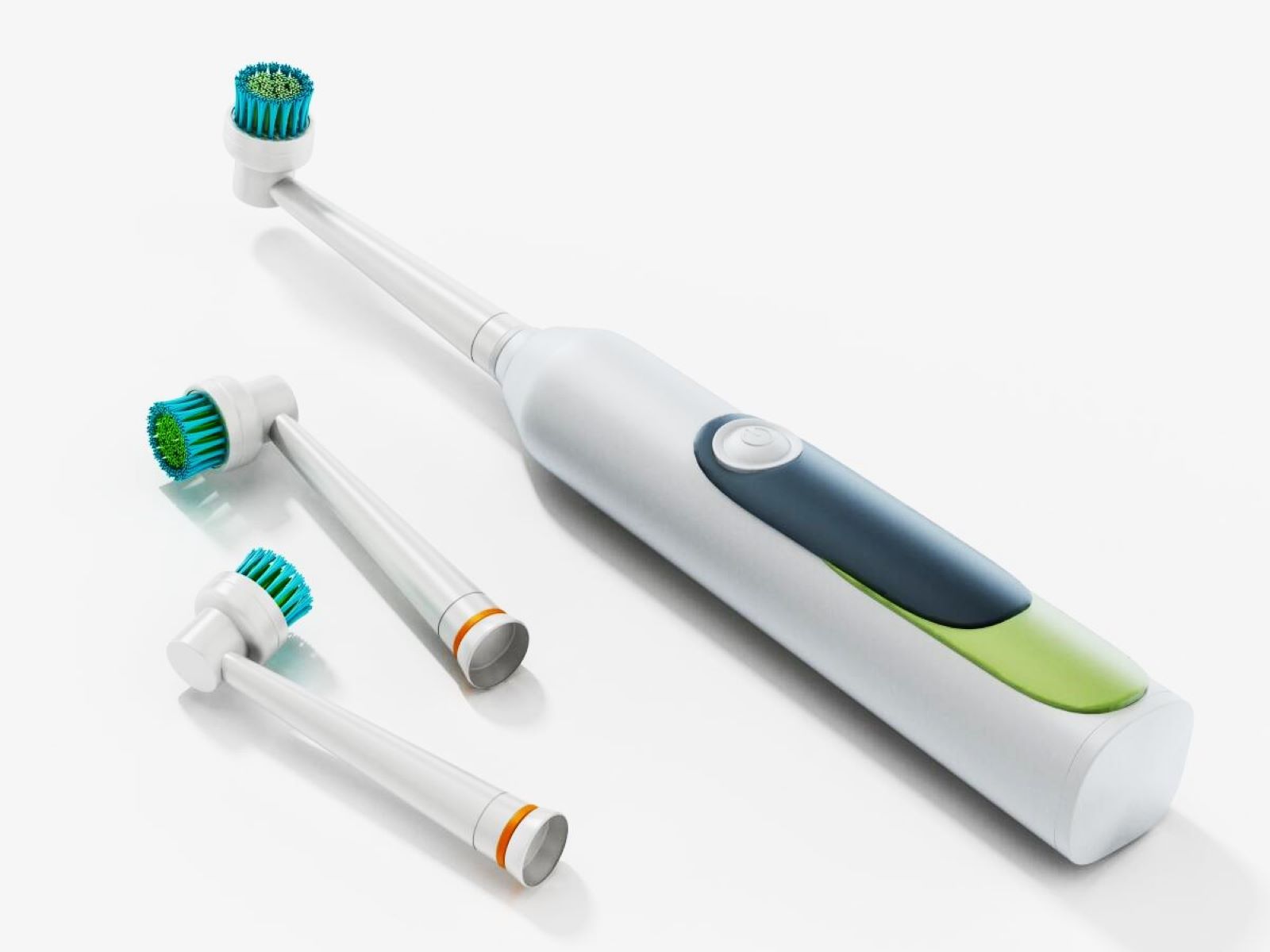

Bathroom Accessories
How Often To Change Toothbrush Head
Modified: March 24, 2024
Discover the best practices for changing your toothbrush head and maintaining your bathroom accessories for optimal hygiene. Keep your oral care routine on track with these helpful tips.
(Many of the links in this article redirect to a specific reviewed product. Your purchase of these products through affiliate links helps to generate commission for Storables.com, at no extra cost. Learn more)
Introduction
Maintaining good oral hygiene is essential for overall health and well-being. An often overlooked aspect of oral care is the regular replacement of toothbrush heads. Many people diligently brush their teeth twice a day, but they may not realize that the effectiveness of their efforts can diminish over time if they neglect to change their toothbrush heads regularly.
The toothbrush head plays a crucial role in the cleaning process, as it is the component that comes into direct contact with the teeth and gums. Over time, the bristles of the toothbrush head can become frayed and worn, diminishing their ability to effectively remove plaque and food particles from the teeth and gums. Additionally, bacteria can accumulate on the bristles, potentially leading to oral health issues if the toothbrush head is not replaced in a timely manner.
In this article, we will delve into the importance of changing toothbrush heads, the factors to consider when determining the frequency of replacement, the recommended frequency for most individuals, and the signs that indicate it's time to change a toothbrush head. By understanding these key aspects, individuals can optimize their oral care routine and ensure that their toothbrush remains an effective tool for maintaining oral health.
Key Takeaways:
- Regularly changing your toothbrush head every 3-4 months is crucial for effective oral hygiene, preventing bacteria buildup, and maintaining a healthy smile.
- Look out for signs like frayed bristles, discoloration, and unpleasant odor to know when it’s time to change your toothbrush head and keep your oral care routine effective.
Importance of Changing Toothbrush Head
Regularly changing the toothbrush head is a crucial aspect of maintaining optimal oral hygiene. The toothbrush head is the primary tool for removing plaque, food particles, and bacteria from the teeth and gums. Over time, the bristles of the toothbrush head can become worn and frayed, diminishing their effectiveness in cleaning the teeth. This can compromise the overall quality of oral care and potentially lead to oral health issues if not addressed promptly.
One of the key reasons for changing the toothbrush head is to ensure that the bristles remain in optimal condition. As bristles wear down, they lose their ability to effectively remove plaque and debris from the teeth and gums. This can result in inadequate cleaning, potentially leading to the accumulation of plaque and bacteria, which may contribute to dental problems such as cavities and gum disease.
Moreover, the accumulation of bacteria on the bristles of an old toothbrush head poses a potential risk to oral health. Bacteria can thrive in the moist environment of a used toothbrush head, and if not replaced regularly, the risk of reintroducing harmful bacteria into the mouth during brushing increases. This can potentially lead to oral infections and other oral health issues.
Furthermore, individuals who have been ill, particularly with infections such as colds or flu, should be especially mindful of changing their toothbrush heads. Bacteria and viruses can linger on the bristles of a toothbrush, and using the same toothbrush head after an illness can potentially lead to reinfection or the spread of germs within the household.
In addition to the health considerations, the physical condition of the toothbrush head also plays a role in its effectiveness. Worn bristles can be harsh on the gums, potentially causing irritation and discomfort during brushing. By regularly replacing the toothbrush head, individuals can ensure a gentler and more effective cleaning experience.
Overall, the importance of changing the toothbrush head cannot be overstated. By maintaining a regular schedule for replacing toothbrush heads, individuals can uphold the effectiveness of their oral care routine, minimize the risk of oral health issues, and promote overall oral hygiene and well-being.
Factors to Consider
When determining how often to change a toothbrush head, several factors should be taken into consideration to ensure optimal oral hygiene. These factors can vary from individual to individual and can influence the frequency of toothbrush head replacement. Understanding these factors is essential for maintaining an effective oral care routine.
-
Usage Frequency: The frequency with which the toothbrush is used plays a significant role in determining when the head should be replaced. Individuals who brush their teeth more frequently, such as after every meal, may need to replace their toothbrush heads more often than those who adhere to the standard brushing routine of twice a day.
-
Brushing Technique: The manner in which an individual brushes their teeth can impact the wear and tear on the toothbrush head. Aggressive brushing can lead to quicker deterioration of the bristles, necessitating more frequent replacement. Conversely, individuals with a gentle brushing technique may be able to extend the lifespan of their toothbrush heads.
-
Health Considerations: Certain health conditions may warrant more frequent toothbrush head replacement. For example, individuals with compromised immune systems or oral health issues may need to replace their toothbrush heads more often to minimize the risk of bacterial or viral contamination.
-
Environmental Factors: The environment in which the toothbrush is stored can also influence the longevity of the toothbrush head. A moist and humid environment can promote bacterial growth and accelerate the deterioration of the bristles. Proper storage and ventilation can help prolong the lifespan of the toothbrush head.
-
Type of Toothbrush: The type of toothbrush and its design can impact the durability of the toothbrush head. Electric toothbrush heads, for instance, may have different wear patterns compared to traditional manual toothbrush heads, and their replacement frequency may vary accordingly.
-
Individual Preferences: Some individuals may simply prefer the feeling of a new toothbrush head and opt to replace it more frequently for a fresh brushing experience. While this may not be a strict oral health consideration, it is a valid factor for some individuals.
By considering these factors, individuals can make informed decisions regarding the frequency of toothbrush head replacement, ensuring that their oral care routine remains effective and conducive to optimal oral hygiene.
Replace your toothbrush head every 3-4 months, or sooner if the bristles are frayed. This ensures effective cleaning and prevents bacteria buildup.
Recommended Frequency
The recommended frequency for changing a toothbrush head typically ranges from every three to four months for most individuals. This timeframe is based on various factors, including the wear and tear of the bristles, the accumulation of bacteria, and the overall effectiveness of the toothbrush head in maintaining oral hygiene.
For the average person who adheres to the standard brushing routine of twice a day, replacing the toothbrush head every three to four months is generally sufficient to ensure optimal oral hygiene. This timeframe allows for the natural wear and fraying of the bristles that occurs with regular use, as well as the accumulation of bacteria that can compromise oral health.
However, it's important to note that individual circumstances may warrant more frequent toothbrush head replacement. For instance, individuals who brush their teeth more frequently, such as after every meal, may find that their toothbrush heads wear down more quickly and may need to be replaced more often. Similarly, individuals with certain health conditions or compromised immune systems may benefit from more frequent toothbrush head replacement to minimize the risk of bacterial or viral contamination.
On the other hand, some individuals may find that they can extend the lifespan of their toothbrush heads beyond the typical three to four-month timeframe. Those with a gentle brushing technique and proper storage practices may find that their toothbrush heads remain effective for a longer period. Additionally, electric toothbrush heads may have different wear patterns compared to traditional manual toothbrush heads, and their replacement frequency may vary accordingly.
Ultimately, the recommended frequency for changing a toothbrush head serves as a general guideline, and individuals should assess their own unique circumstances and preferences to determine the most suitable replacement schedule for maintaining optimal oral hygiene. By staying mindful of the condition of the toothbrush head and considering the aforementioned factors, individuals can ensure that their oral care routine remains effective and conducive to maintaining a healthy smile.
Signs It's Time to Change
Recognizing the signs that indicate it's time to change a toothbrush head is essential for maintaining optimal oral hygiene. By being attentive to these indicators, individuals can ensure that their oral care routine remains effective and conducive to promoting overall oral health. Here are the key signs to watch for:
-
Frayed or Flattened Bristles: One of the most evident signs that it's time to change a toothbrush head is the visible wear and tear on the bristles. Over time, the bristles can become frayed, splayed, or flattened, diminishing their ability to effectively remove plaque and debris from the teeth and gums. When the bristles lose their original shape and texture, the toothbrush head becomes less effective in providing thorough cleaning, signaling the need for replacement.
-
Discoloration or Staining: Discoloration or staining of the bristles can indicate the accumulation of bacteria, mold, or other microorganisms on the toothbrush head. This can occur over time, especially if the toothbrush is not thoroughly rinsed and dried after each use. Discolored or stained bristles may harbor harmful bacteria, potentially compromising oral health. If discoloration is evident despite regular cleaning, it may be time to replace the toothbrush head.
-
Worn or Misshapen Head: In addition to the condition of the bristles, the overall shape and integrity of the toothbrush head should be considered. A worn or misshapen head may indicate that the toothbrush head has reached the end of its effective lifespan. The head should maintain its original shape and structure to ensure optimal cleaning performance.
-
Persistent Illness or Infection: Individuals who have been ill, particularly with infections such as colds, flu, or oral infections, should consider replacing their toothbrush heads after recovery. Bacteria and viruses can linger on the bristles, and using the same toothbrush head after an illness can potentially lead to reinfection or the spread of germs within the household.
-
Unpleasant Odor: A persistent unpleasant odor emanating from the toothbrush head can be indicative of bacterial growth. Even with regular rinsing, bacteria can accumulate on the bristles over time, leading to a foul smell. If the odor persists despite thorough cleaning, it may be time to replace the toothbrush head.
-
Extended Usage Period: Regardless of visible signs of wear, toothbrush heads should be replaced every three to four months as a general guideline. Even if the bristles appear to be in good condition, the accumulation of bacteria over time can compromise oral health. Therefore, adhering to a regular replacement schedule is essential for maintaining optimal oral hygiene.
By being mindful of these signs, individuals can proactively assess the condition of their toothbrush heads and make informed decisions regarding replacement. This proactive approach ensures that the toothbrush remains an effective tool for maintaining oral health and contributes to a healthy and confident smile.
Conclusion
Maintaining good oral hygiene goes beyond regular brushing and flossing; it encompasses the often overlooked practice of regularly changing toothbrush heads. The significance of this simple yet crucial aspect of oral care cannot be overstated. By understanding the importance of changing toothbrush heads, considering various factors that influence replacement frequency, and recognizing the signs that indicate it's time for a change, individuals can optimize their oral care routine and promote overall oral health.
The toothbrush head serves as the frontline tool for removing plaque, food particles, and bacteria from the teeth and gums. Over time, the wear and tear of the bristles can compromise its effectiveness, potentially leading to oral health issues. Regularly replacing the toothbrush head, typically every three to four months, is a general guideline that takes into account factors such as usage frequency, brushing technique, health considerations, and environmental factors. However, individual circumstances and preferences should also be considered when determining the most suitable replacement schedule.
Recognizing the signs that indicate it's time to change a toothbrush head, such as frayed bristles, discoloration, misshapen head, persistent illness, unpleasant odor, and extended usage period, empowers individuals to proactively assess the condition of their toothbrush heads and make informed decisions regarding replacement. By staying attentive to these indicators, individuals can ensure that their oral care routine remains effective and conducive to maintaining a healthy smile.
In conclusion, the regular replacement of toothbrush heads is a simple yet impactful practice that contributes to optimal oral hygiene. By incorporating this practice into their oral care routine, individuals can uphold the effectiveness of their brushing efforts, minimize the risk of oral health issues, and promote overall oral hygiene and well-being. A healthy smile begins with mindful oral care practices, and changing toothbrush heads at the appropriate intervals is a fundamental step toward achieving and maintaining optimal oral health.
Frequently Asked Questions about How Often To Change Toothbrush Head
Was this page helpful?
At Storables.com, we guarantee accurate and reliable information. Our content, validated by Expert Board Contributors, is crafted following stringent Editorial Policies. We're committed to providing you with well-researched, expert-backed insights for all your informational needs.
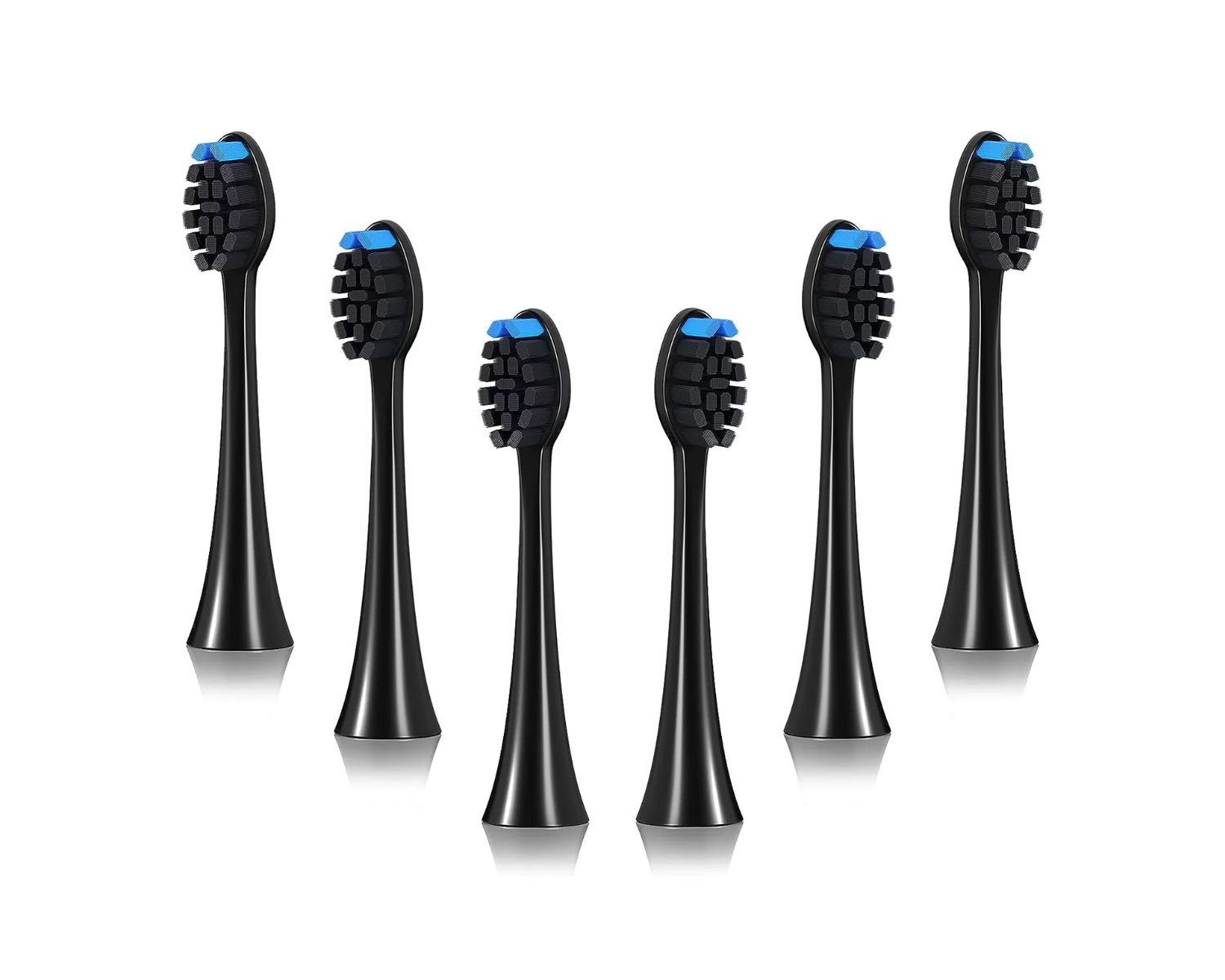
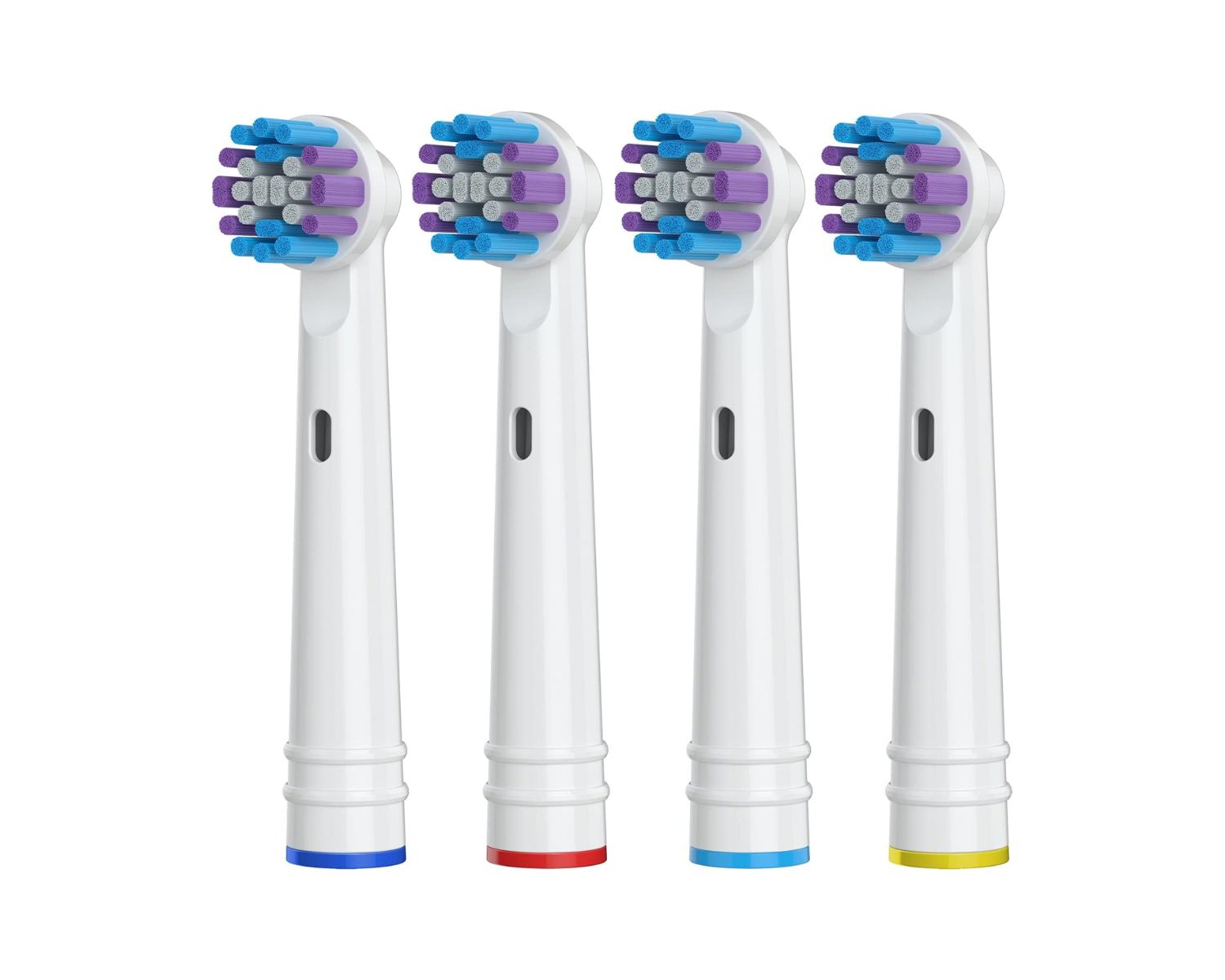
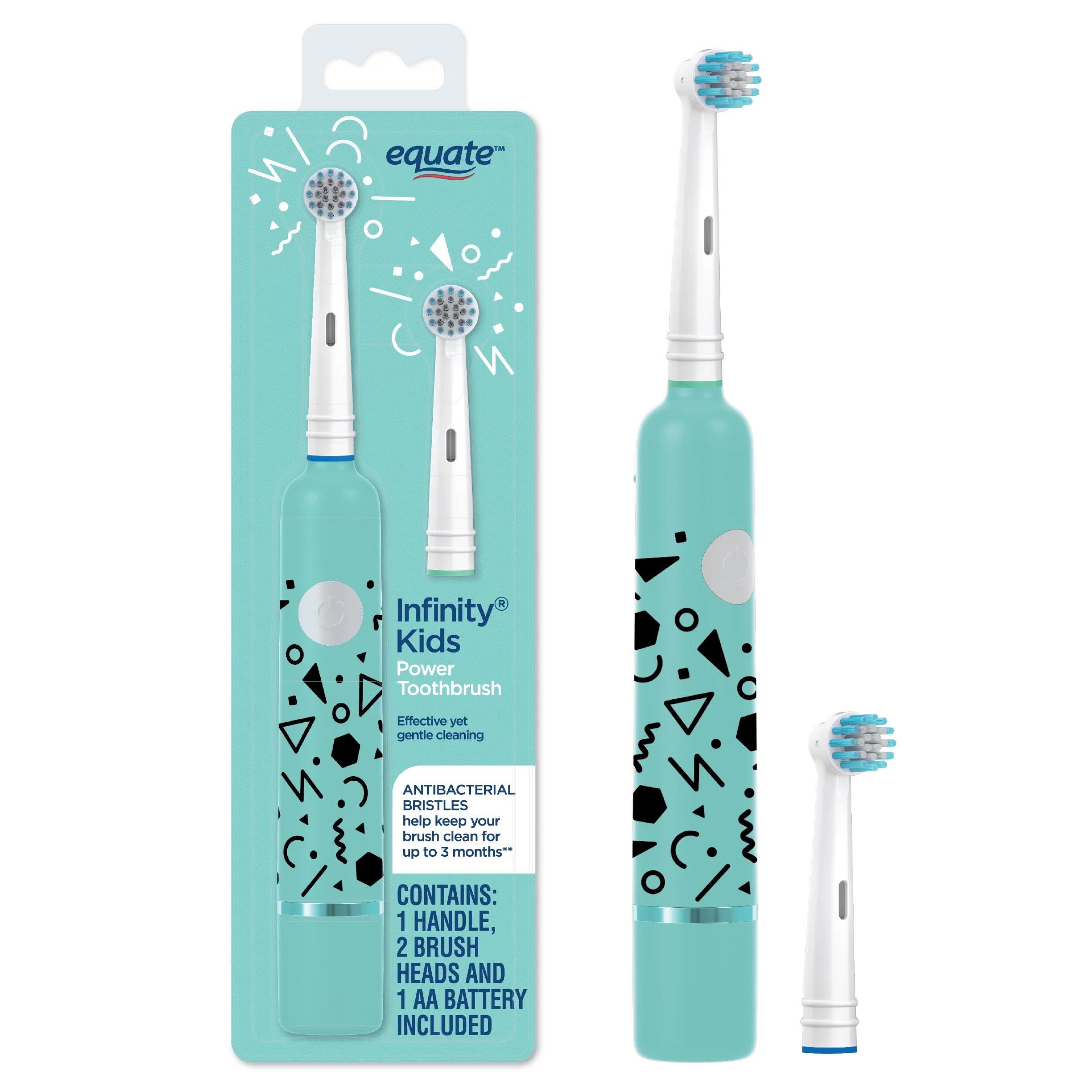
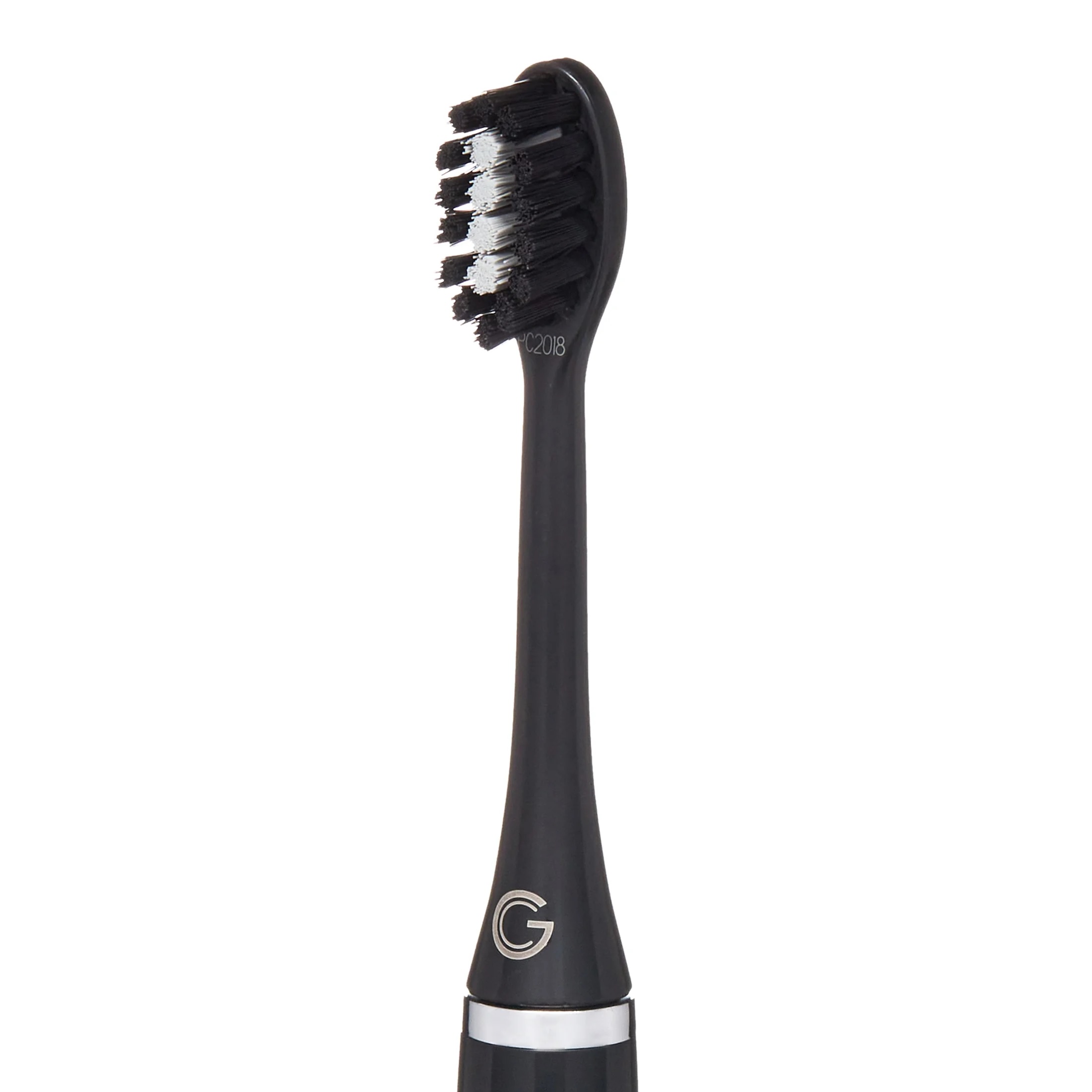
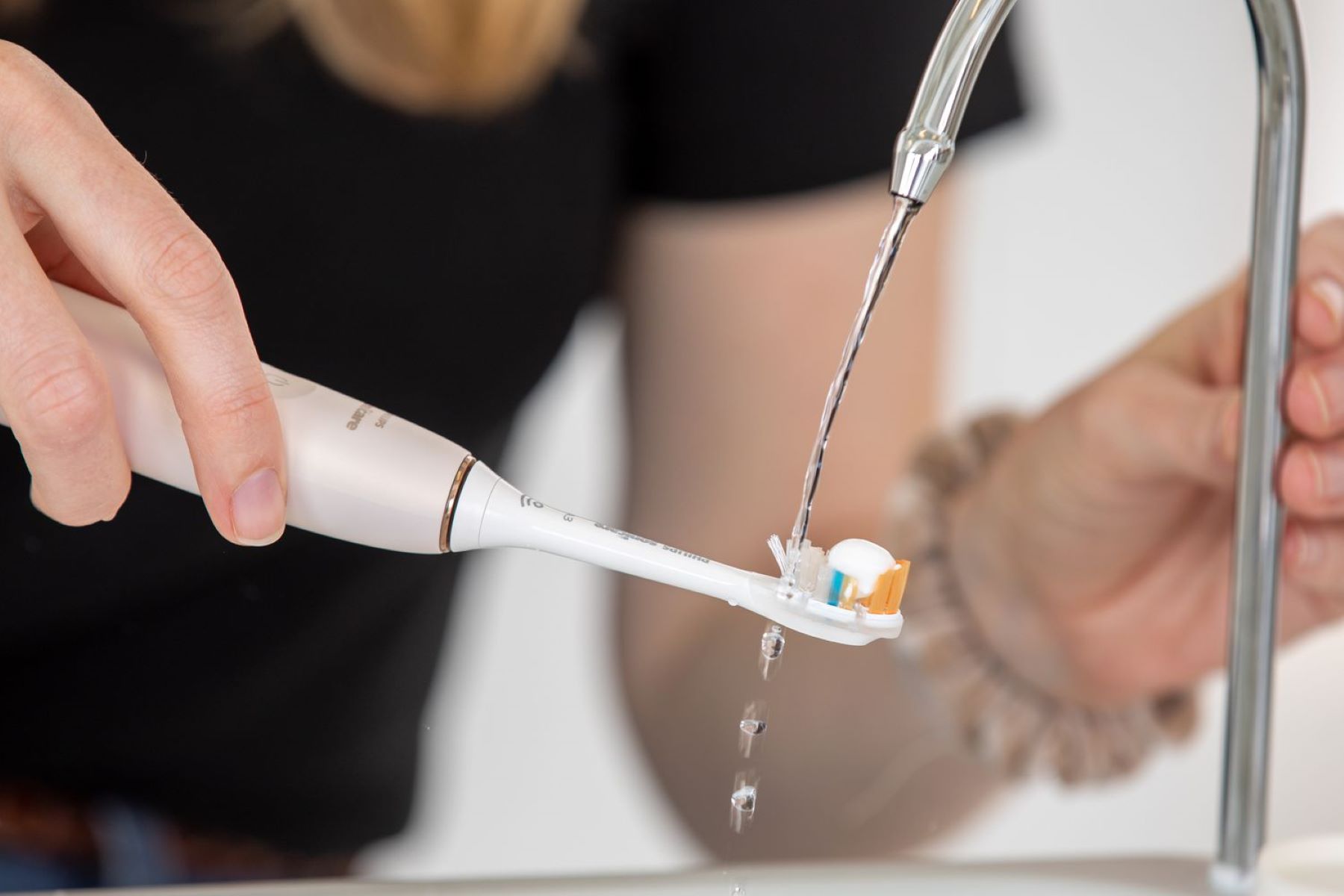
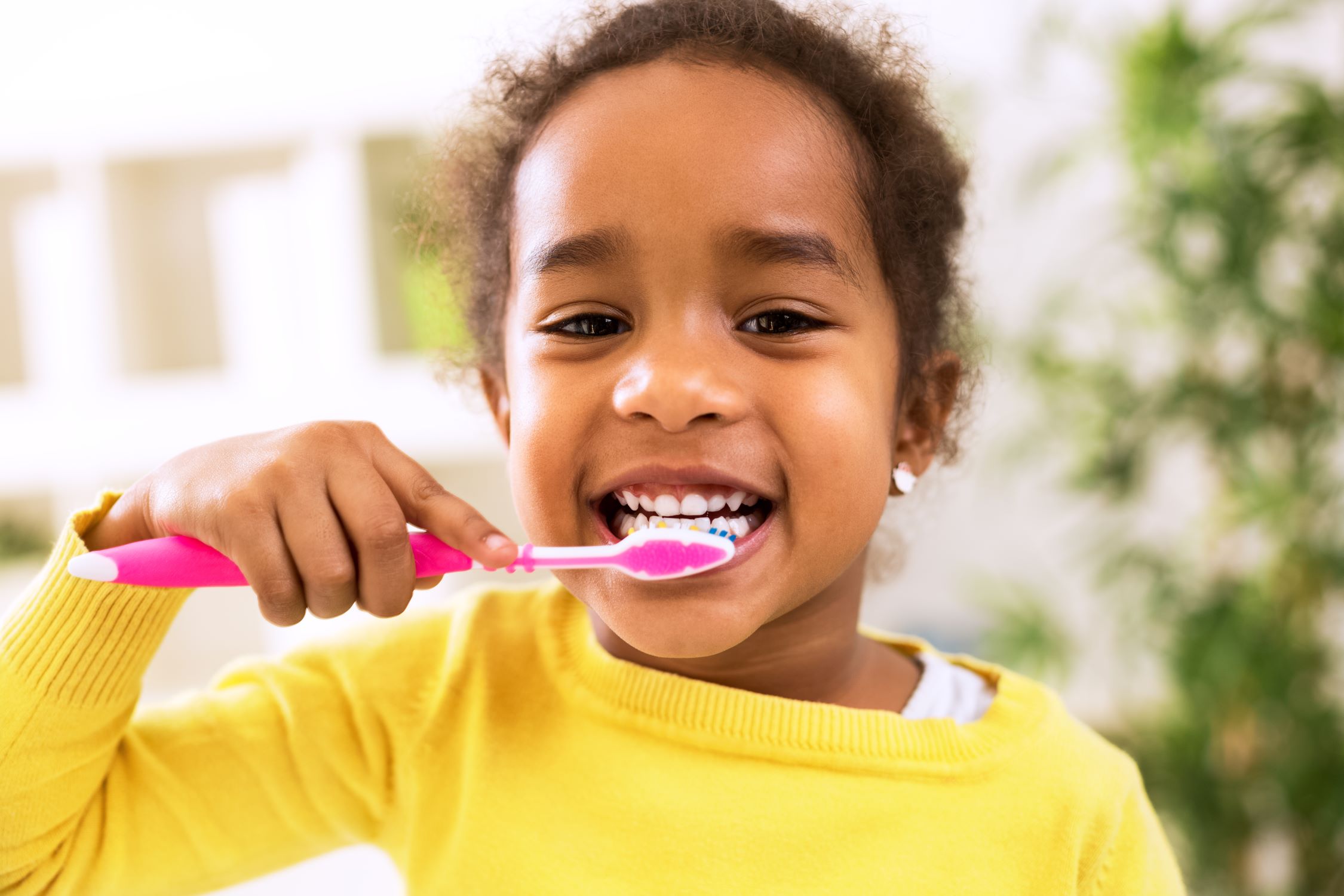
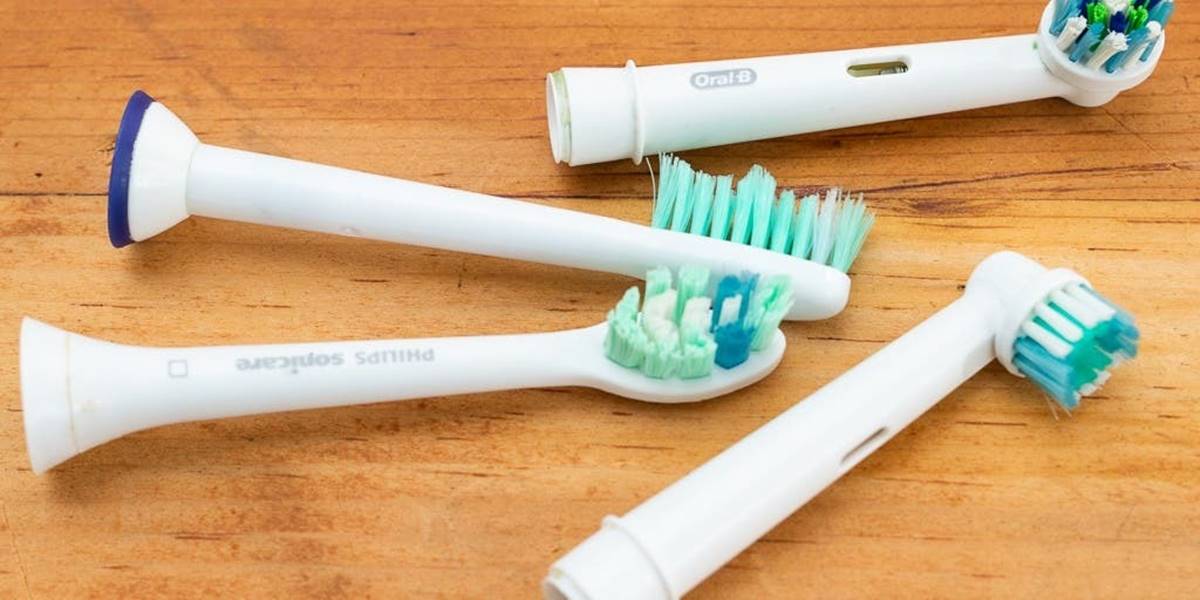
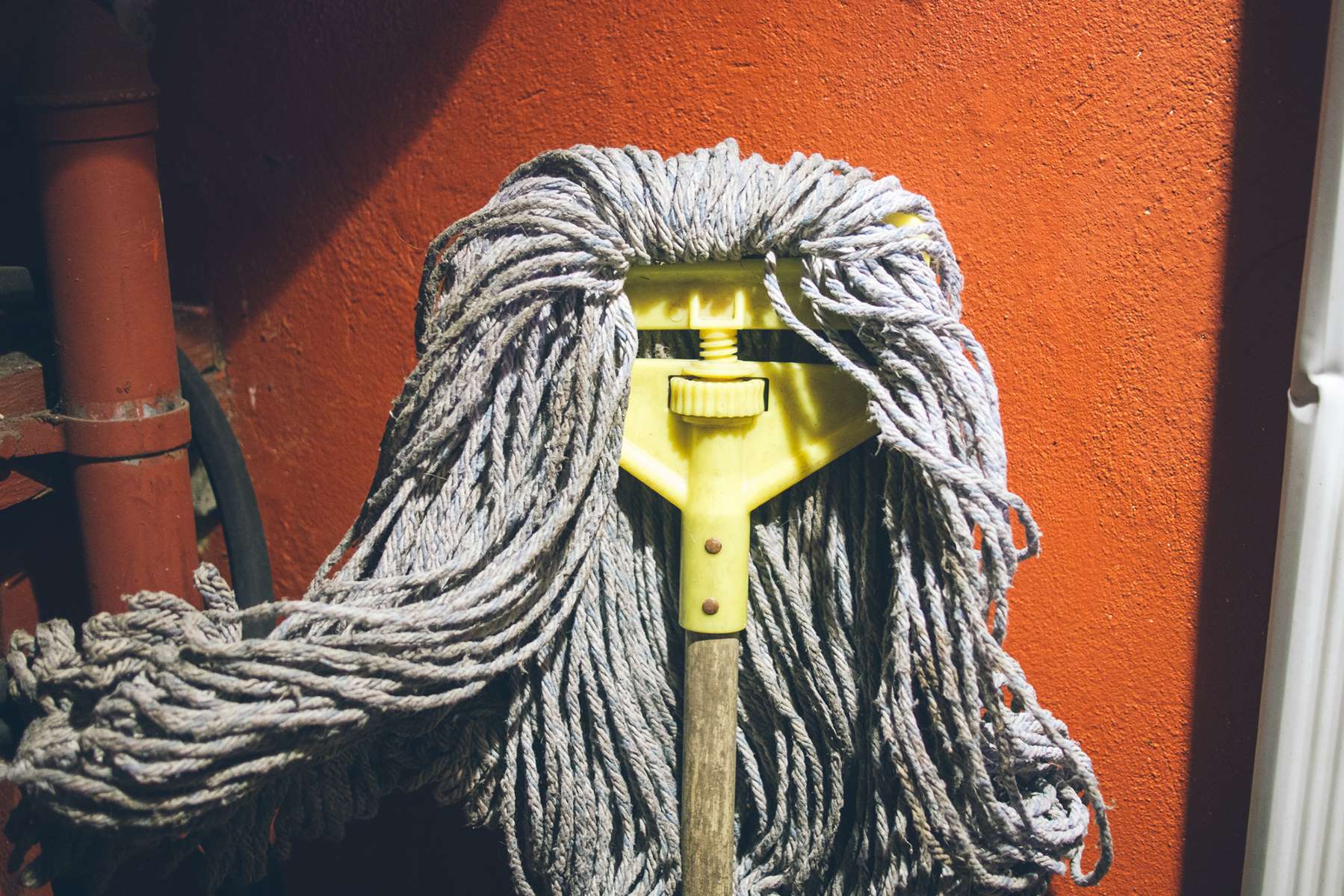
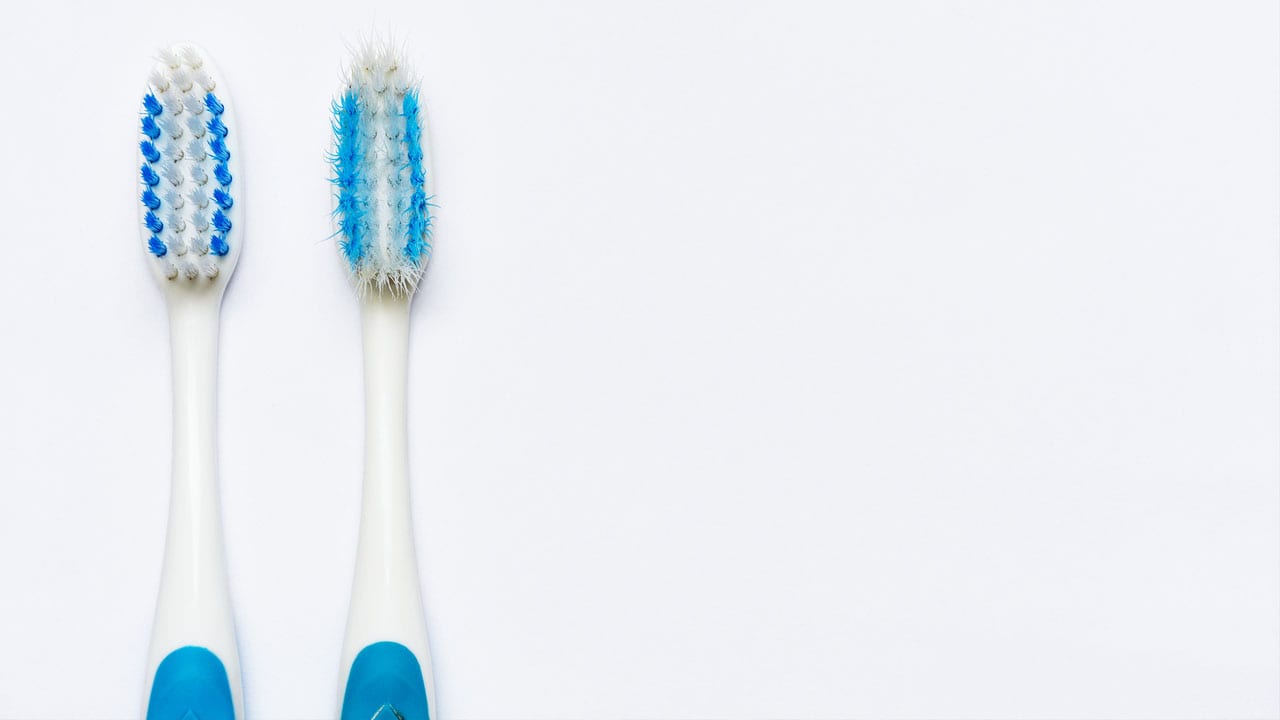
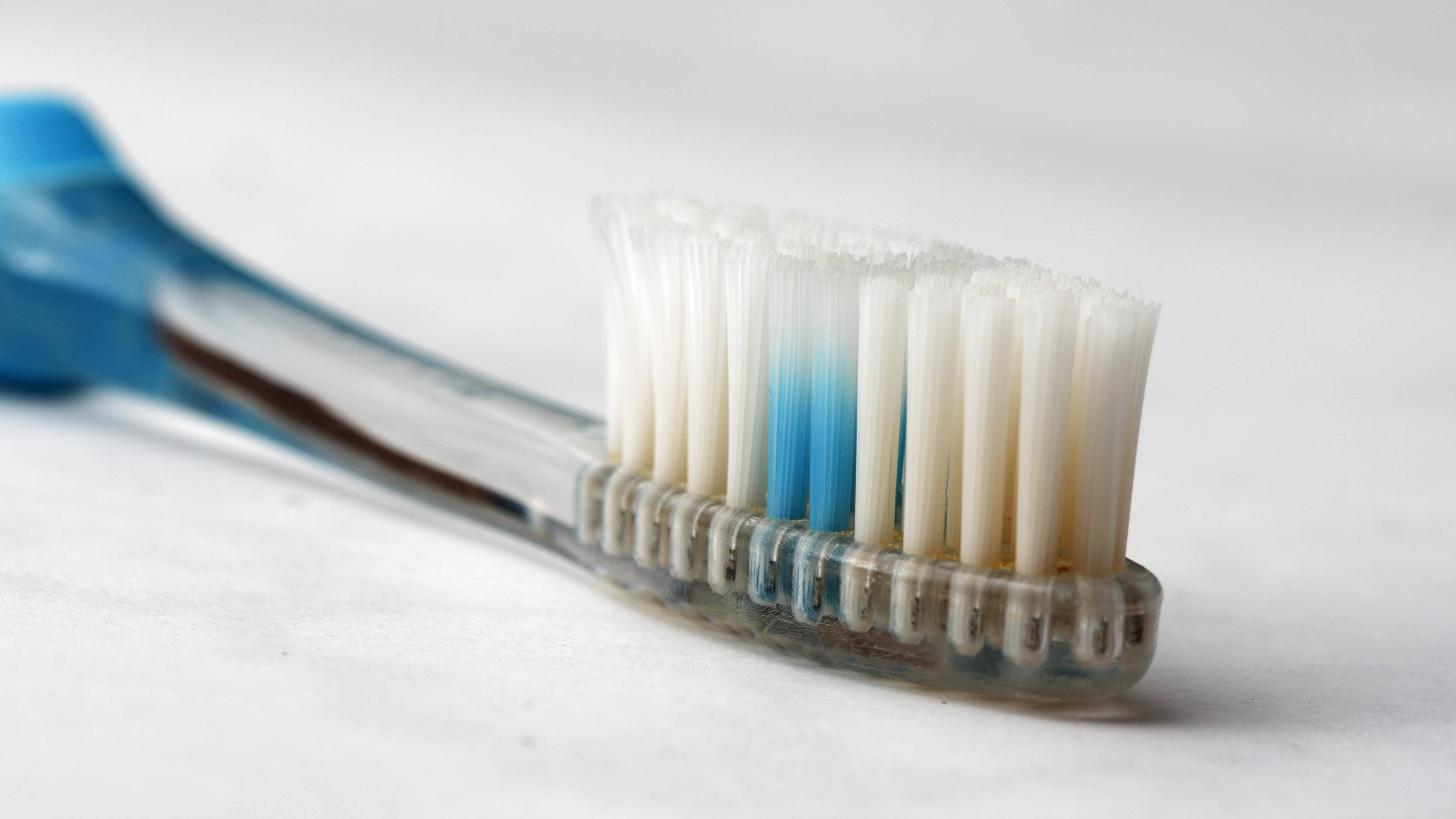
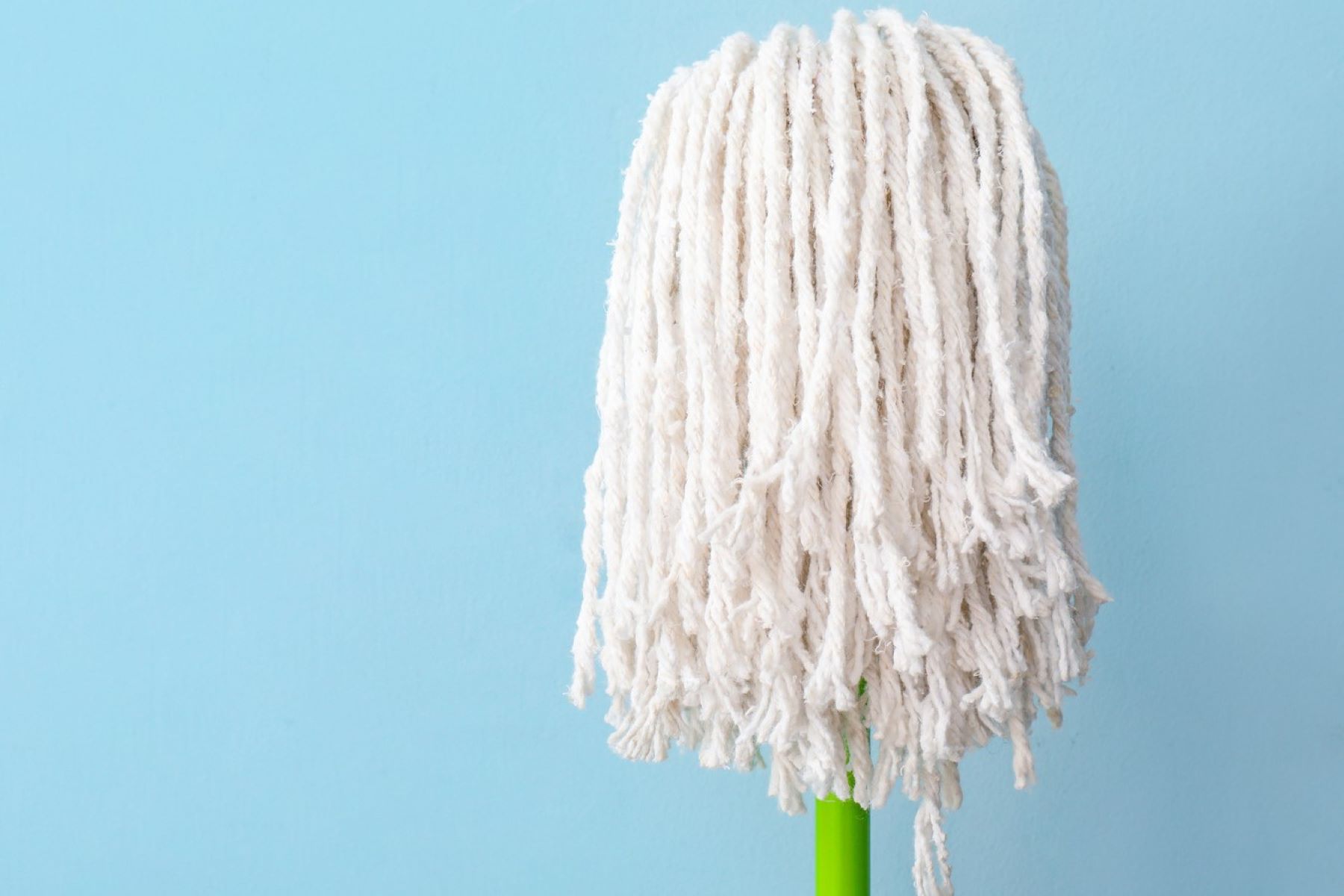
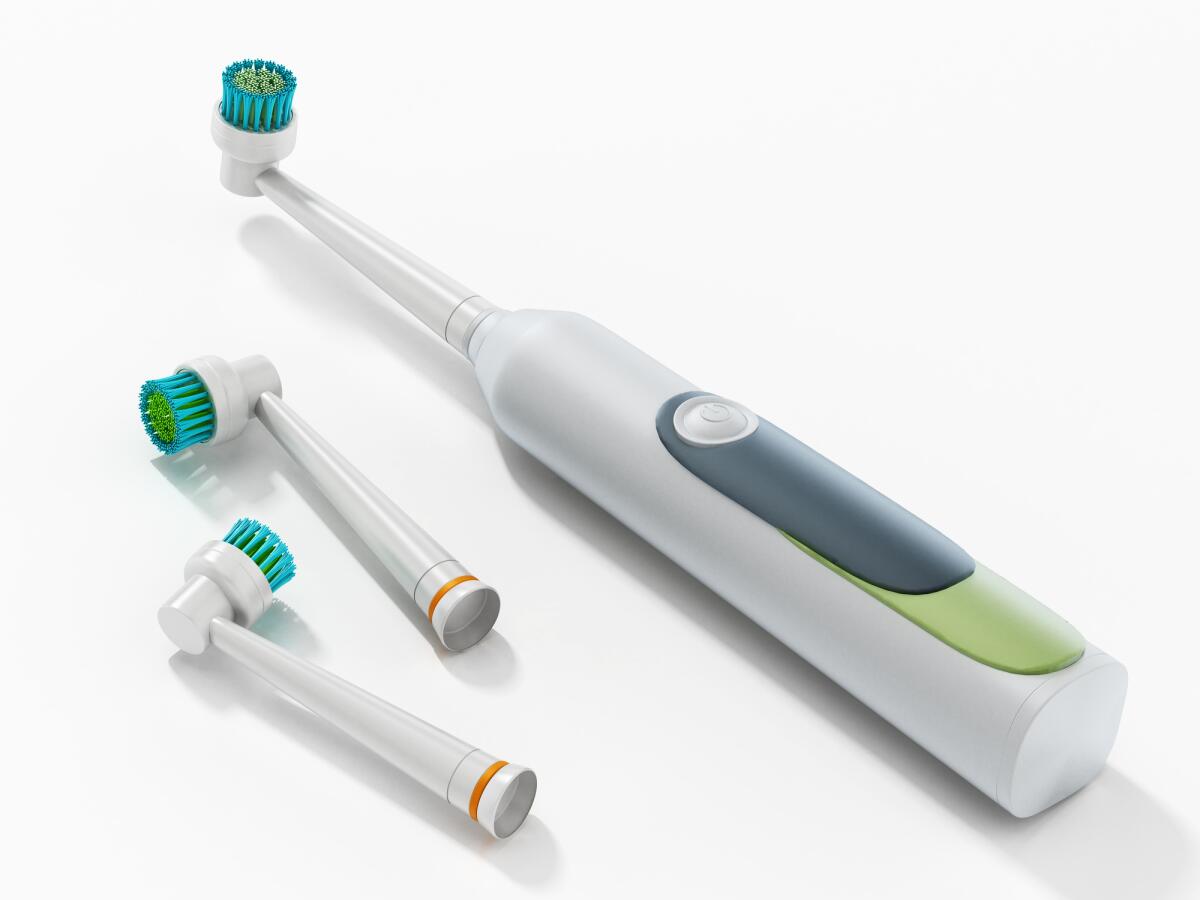
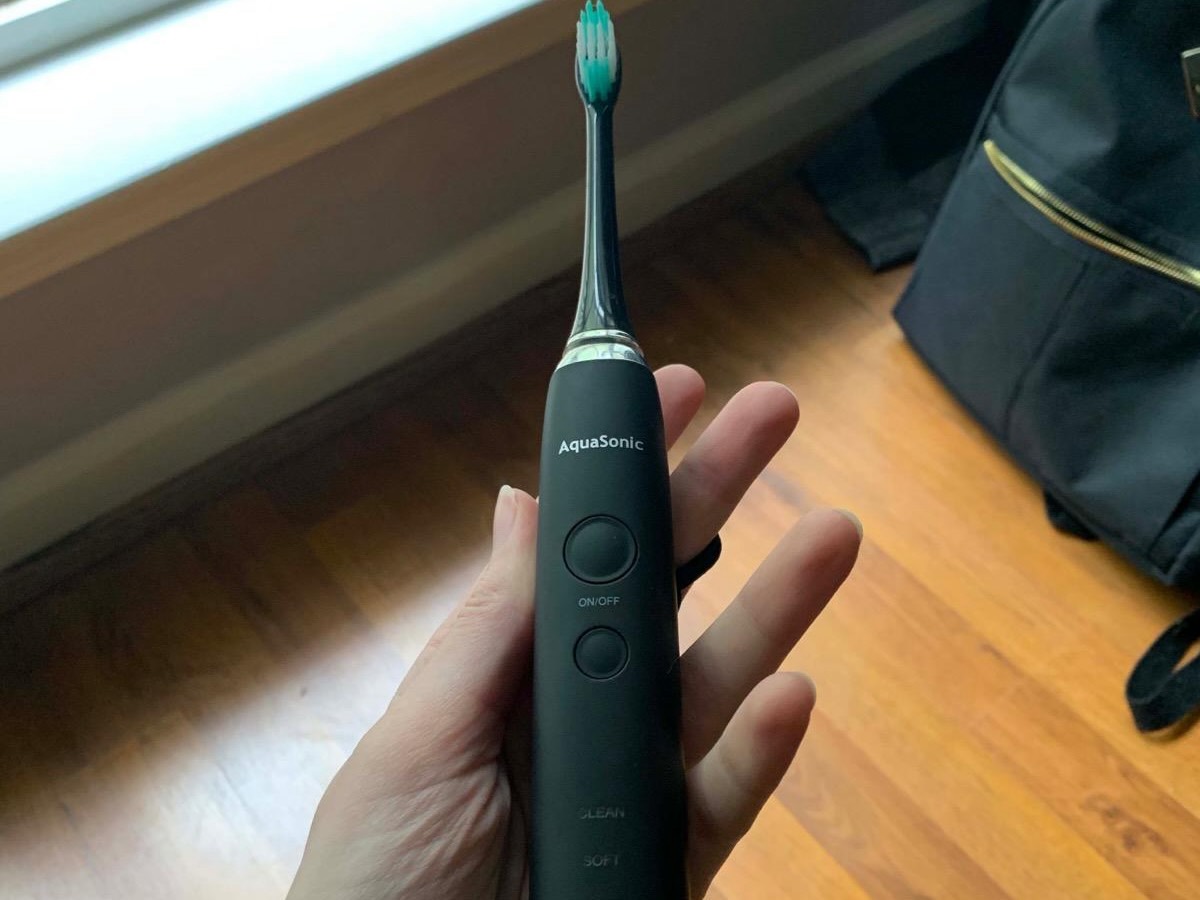
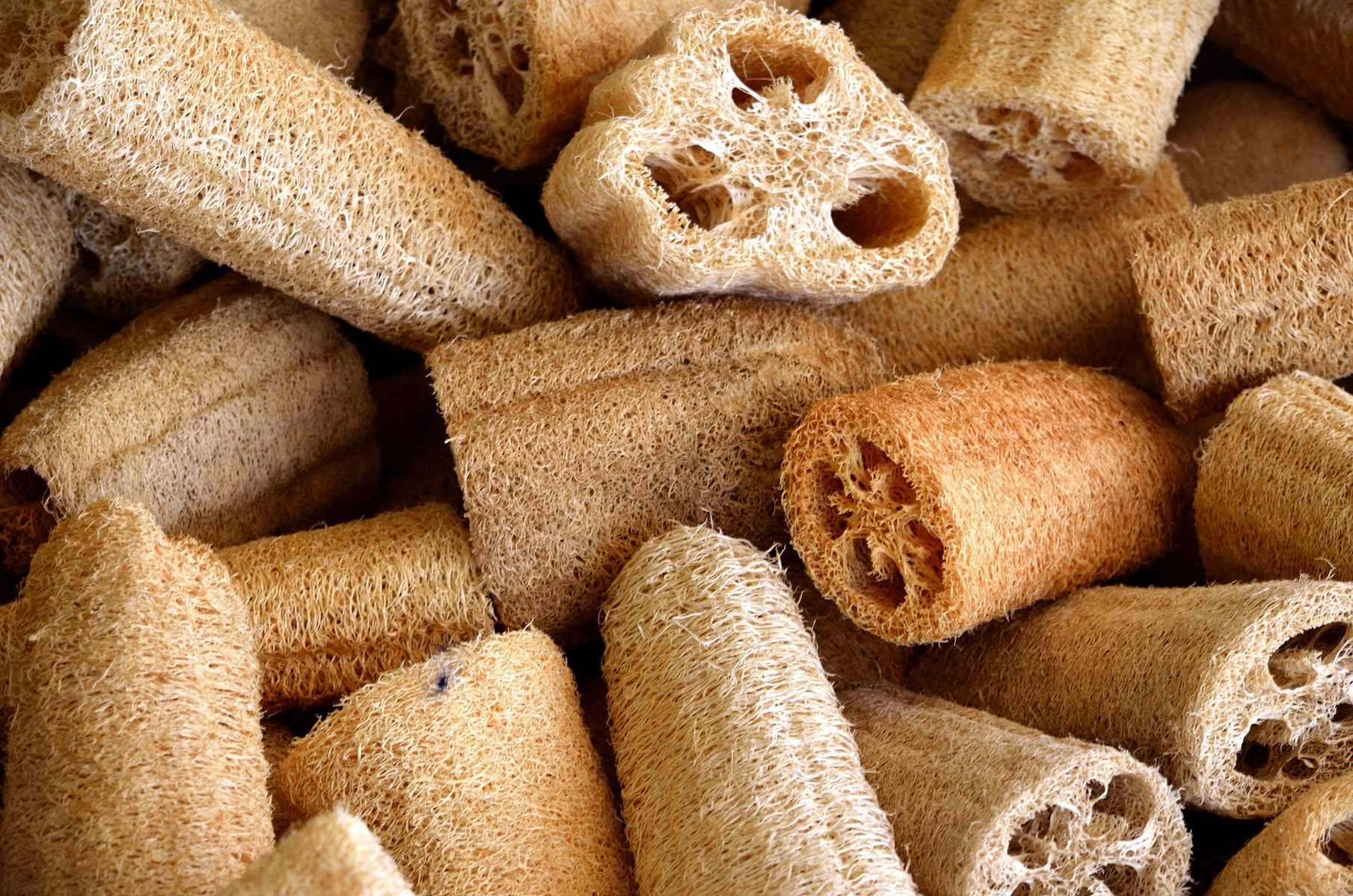

0 thoughts on “How Often To Change Toothbrush Head”